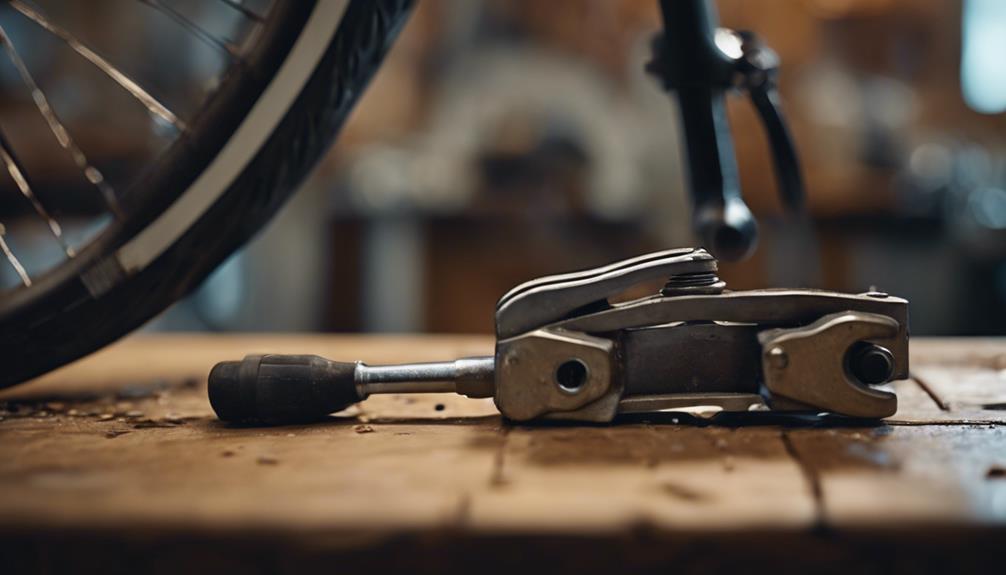Are you an avid cyclist looking to transport your bike without the hassle? A bike roof rack might be the perfect solution for you. This comprehensive guide will delve into the various aspects of bike roof racks, including their types, benefits, and tips for selecting the right one for your vehicle. Whether you’re planning a weekend getaway or a cross-country cycling adventure, understanding how to choose the right bike roof rack is essential for ensuring your bike’s safety and your peace of mind.
Understanding the Different Types of Bike Roof Racks
When it comes to bike roof racks, there are several types available to suit different needs and vehicle designs. The most common types include fork-mounted racks, frame-mounted racks, and wheel-on racks. Fork-mounted racks require you to remove the front wheel of your bike and attach the fork directly to the rack. This design offers a stable and secure fit, making it an excellent choice for serious cyclists. Frame-mounted racks, on the other hand, hold the bike by the frame, allowing you to leave both wheels attached. This type is user-friendly and often more versatile. Lastly, wheel-on racks support the bike by its wheels, making it easier to load and unload, particularly for casual cyclists or those with heavier bikes.
Benefits of Using a Bike Roof Rack
Using a bike roof rack comes with several advantages that make it a preferred choice for many cyclists. First and foremost, roof racks save space in your vehicle, allowing you to carry multiple bikes without sacrificing passenger room. They also provide better fuel efficiency compared to hitch-mounted racks, as they create less drag. Another significant benefit is the enhanced security they offer, as roof racks often keep your bikes away from road debris and potential theft. Additionally, roof-mounted bike racks allow for greater visibility when driving, ensuring you can navigate safely without obstruction.
Key Considerations When Selecting a Bike Roof Rack
Choosing the right bike roof rack involves considering several factors to ensure compatibility with your vehicle and your cycling needs. First, check your vehicle’s roof load capacity to avoid overloading it, which could lead to accidents or damage. Next, evaluate the type of bikes you plan to transport. If you have different types of bikes, such as mountain bikes or road bikes, a versatile roof rack that accommodates various frame sizes and styles will be beneficial. Additionally, consider the installation process—some racks require tools and technical skills, while others are designed for easy installation. Finally, assess the price range and read reviews to find a reliable and durable option within your budget.
How to Install Your Bike Roof Rack Safely
Once you’ve selected the perfect bike roof rack, it’s essential to install it correctly to ensure maximum safety during transport. Begin by reading the manufacturer’s instructions carefully, as installation steps can vary between models. Generally, you’ll want to start by attaching the base of the rack to your vehicle’s roof rails or crossbars. Ensure all components are securely tightened and double-check the stability of the rack before loading your bike. When loading, it’s important to lift the bike carefully and secure it according to the rack’s design specifications, making sure that all straps and locks are tightened to prevent movement during transit.
Best Practices for Transporting Your Bike with a Roof Rack
To ensure a smooth journey with your bike on a roof rack, following best practices for transport is crucial. Before hitting the road, always double-check that your bike is securely fastened and that the rack is properly installed. It’s advisable to remove any loose parts, such as water bottles or accessories, to prevent them from falling off during transport. Additionally, be mindful of your vehicle’s height when driving, especially in areas with low bridges or parking structures. Regularly stop to inspect the bike during long trips to ensure it remains secure. Following these tips will help you avoid accidents and ensure your bike arrives safely at your destination.
Maintaining Your Bike Roof Rack for Longevity
Proper maintenance of your bike roof rack is essential for ensuring its longevity and performance. Regularly cleaning the rack will help prevent rust and corrosion, especially if you’ve been driving in wet or salty conditions. Inspect all components for wear and tear, including straps, locks, and mounting hardware. If you notice any damage, replace the parts immediately to maintain safety. Additionally, store your bike roof rack in a dry, cool place when not in use to protect it from the elements. By taking these simple maintenance steps, you can extend the life of your bike roof rack and ensure it remains a reliable transportation solution for years to come.
Conclusion: Elevate Your Cycling Experience with the Right Bike Roof Rack
In conclusion, a bike roof rack is a fantastic investment for any cycling enthusiast looking to transport their bike safely and efficiently. By understanding the different types of bike roof racks, considering key factors during selection, and following best practices for installation and maintenance, you can enhance your cycling experience. Whether you’re heading out for a weekend ride or an extended cycling trip, having the right bike roof rack will provide peace of mind and allow you to focus on enjoying the journey. So gear up, hit the road, and explore the great outdoors with your bike securely mounted on your roof!
